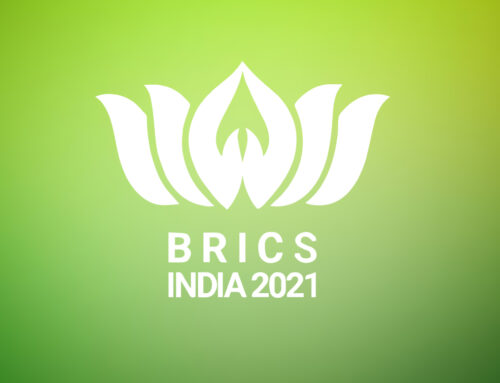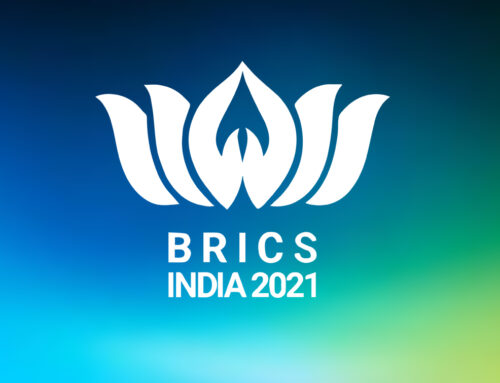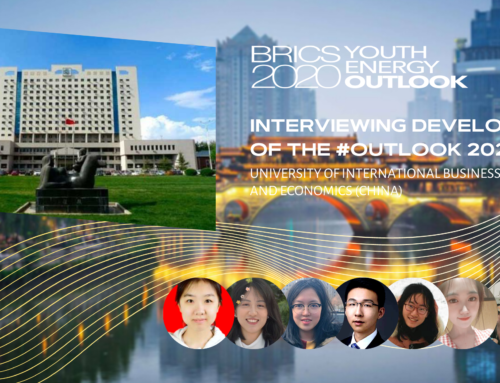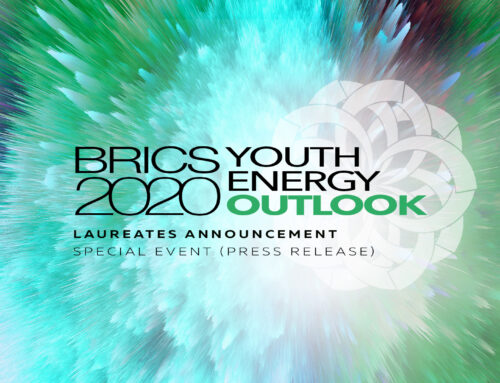We are pleased to introduce to you the team participating in development of the BRICS Youth Energy Outlook 2020 from Girijananda Chowdhury Institute of Management and Technology (GIMT). The 8 young curious researchers from Guwahati, India are Bipul Kumar Talukdar (Assistant Professor of Electrical Engineering Department), Sandip Bordoloi (Associate Professor of Electrical Engineering Department, Head of Department (In charge), Sanjib Hazarika (Assistant Professor of Electrical Engineering Department), Bedabrat Deka (Pre-final year B.Tech (Electrical Engineering), Prayashi Lahkar (Pre-final year B.Tech (Electrical Engineering), Prasanna Hazarika (4th semester B.Tech (Electrical Engineering), Vasundhara Kalita (4th semester B.Tech (Electrical Engineering) led by Dr. Debdeep Saha (Assistant Professor of Electrical Engineering Department, Assistant Dean of Student Affairs).
Girijananda Chowdhury Institute of Management and Technology was founded in 2006 as the first non-governmental engineering institute in Assam under the patronage of the Shrimanta Shankar Academy Society. Ever since its inception, the institute’s aim has been to establish a morally sound educational system, which not only produces competent professionals but also excellent human beings contributing towards the welfare of the Society. Although only 14 years old, GIMT has already evolved as a pioneer in the field of higher technical education. The Institute has approval from AICTE for Master of Technology (M. Tech) programme in Computer Science & Engineering (CSE), Electronics and Communications Engineering (ECE), Instrumentation and Control Engineering (ICE) and Thermal and Fluid Engineering (TFE) and the National Board Accreditation (NBA).
Aleksandra Agababova, PR-Manager (BRICS YEA), interviewed the team from GIMT and asked a few questions about their vision of the Indian energy sector and, of course, participation in the BRICS Youth Energy Outlook 2020 as developers.
Where and how did you meеt?
We all are a part of the Electrical Engineering family of Girijananda Chowdhury Institute of Management and Technology Guwahati. This team comprises of four faculty members and four UG students.
What are your general interests?
We all share a common interest of solving the unsolved problems and hence have conducted and participated in regional as well as national levels. This is the first time we are a part of the BRICS Youth Energy 2020 and we are very much excited about it. Also, we are engaged in various club activities such as Robotics, Innovation, Drama, and Cultural throughout the year.
What projects have you already realized?
We have realized projects on Energy Audit of Tea Industries, Emission Modeling in Power Plant, Energy Efficient Buildings and Renewable Energy Integration in the Grid.
Which rules do you use for distribution of tasks between chambers and for prioritization?
We have carried out a SWOT Analysis for all of us. Then before starting any new task and prioritizing, we apply the simple ABCDE technique where A is the most significant task to do and so on. Accordingly, we assign task based on SWOT Analysis and ABCDE technique.
In your opinion what’s the main principle that makes your teamwork successful?
We believe that we have fun while working on a common project. We discuss, crack jokes, play games too in between scheduled works. In that way, we have created a very homely yet casual and friendly atmosphere and this is the reason we believe our teamwork to be successful.
What contribution to your team experience do you hope to get during your work on the BRICS YEA Outlook-2020?
BRICS YEA Outlook 2020 is an international competition which highlights the energy status and future of five signatory countries. Our team has always strived to find solutions to technical problems. Participating in a strategized composed form of conference will promote our professional skills as well as technical skills. Acquiring skills through this participation will help us in building more complex projects and policy planning.
How did you know about the BRICS YEA and the BRICS Youth Energy Outlook-2020?
One of my senior Dr. Bidhan Malakar from JIS College of Engineering informed me about the BRICS YEA Outlook 2020. Dr. Malakar was a participant at BRICS YEA outlook 2019 in Moscow.
In your opinion why is it beneficial for the youth from the BRICS countries to cooperate?
The youths are the stepping stones to sustainable future. To share expertise among the BRICS countries for solving the existing energy related issues and problems, youths will play a key role in shaping a sustainable future for the human race and the planet.
How do you evaluate the role of the BRICS YEA in the achieving global sustainable development?
The topics selected for the research in the BRICS YEA Outlook 2020 align with sustainable development of the BRICS Countries. After every team has submitted their analysis on different topics of research, the summary of all the reports will surely lead us to highlighting goals for sustainable development.
In your opinion what challenges the BRICS countries will be facing in the nearest future in the field of energy development? How can the youth face these challenges?
The challenges the BRICS countries will face in the nearest future in the field of energy development are as follows:
- Balance of Renewable and Non-Renewable sources generation.
- Integrating more Renewable energy sources in the grid.
- Exploiting Geo-thermal energy which has a huge potential in BRICS countries.
- One World One Sun One Grid Policy Implementation.
The youths need to be oriented towards skill development and application based on training in the energy sector. Youths need to be encouraged in participating in regional and international competitions which will build their interest and confidence in determining solutions to complex problems in the field of energy development.
Your chosen topic is related to the prospects of the usage of Non-traditional renewable energy sources (NRES) on power plants. What would you like to place emphasis on during your work?
We would like to place emphasis on the following points:
- Status of Non-traditional renewable energy sources in India.
- Its accessibility in the rural as well as in Urban Areas.
- Analyzing the possibility of grid connectivity.
- Availability of resources in future.
- Society based design of energy development.
In your opinion what is the most promising Non-traditional renewable energy sources (NRES) that is used or could be used in the future in India?
The most non-traditional renewable energy sources in India are presently Solar and Wind Energy which we opt in the first position. However, harnessing Biomass and Geo-thermal energy could be India’s future towarget ds sustainable nation.
We thank the team of the Girijananda Chowdhury Institute of Management and Technology for this interview. We hope you enjoyed it as much as we did!





